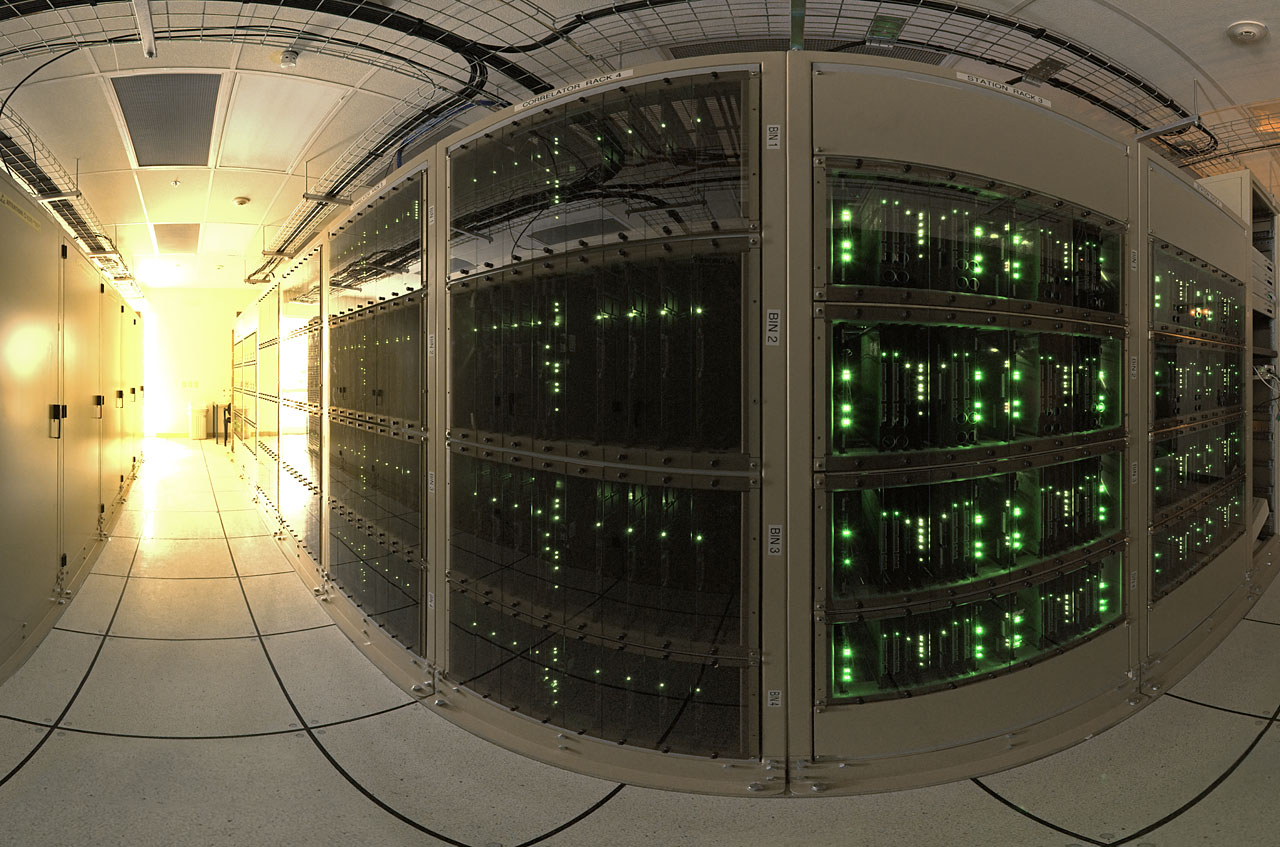Welcome to DU!
The truly grassroots left-of-center political community where regular people, not algorithms, drive the discussions and set the standards.
Join the community:
Create a free account
Support DU (and get rid of ads!):
Become a Star Member
Latest Breaking News
General Discussion
The DU Lounge
All Forums
Issue Forums
Culture Forums
Alliance Forums
Region Forums
Support Forums
Help & Search
Science
Related: About this forumAstronomers Capture Beautiful Image Of Distant Planets Forming - PopularScience
Astronomers Capture Beautiful Image Of Distant Planets FormingA glimpse into the birth of solar systems
By Mary Beth Griggs - PopularScience
Posted 11.06.2014 at 9:45 am

HL Tau and its protoplanetary disk - ALMA (NRAO/ESO/NAOJ); C. Brogan, B. Saxton (NRAO/AUI/NSF)
<snip>
At the very center of the image above is the sun-like star HL Tau, surrounded by rings of dust and gas. You may never have heard of HL Tau, but this picture will go down in the astronomic annals as the first high-resolution image of the birth of a planetary system. Using the Atacama Large Millimeter/submillimeter Array (ALMA), an international observatory in northern Chile, scientists were able to capture this image, showcasing the early stages of a planetary system forming around HL Tau—a celestial ultrasound of a distant solar system..
HL Tau, sometimes called HL Tauri, is located 450 light years away in the constellation Taurus. The star has been the subject of numerous studies, and researchers had already discovered at least one embryonic planet in orbit around the star, but they hadn't actually been able to observe its planetary formation first-hand. They knew that there was a disc of dust and other pre-planetary material surrounding the star, and they even were able to observe the magnetic field of the disc. But with the high-resolution capabilities of ALMA, they were able to get a beautiful image of the birth of planets.
“When we first saw this image we were astounded at the spectacular level of detail. HL Tauri is no more than a million years old, yet already its disc appears to be full of forming planets. This one image alone will revolutionize theories of planet formation,” Catherine Vlahakis, ALMA Deputy Program Scientist and Lead Program Scientist for the ALMA Long Baseline Campaign said in a statement.
In the image above, HL Tau is shining brightly in the very center of the ringed disc. The surrounding bright rings are just dust and gas in orbit around the star, but as they circle HL Tau, the particles of dust smash into each other, sticking together and forming larger and larger bodies. Eventually, these bodies build up into proto-planets, large enough to clear a path through the dust and gas; the trails of these early planets are visible in the image above as dark rings.
“Most of what we know about planet formation today is based on theory. Images with this level of detail have up to now been relegated to computer simulations or artist’s impressions. This high resolution image of HL Tauri demonstrates what ALMA can achieve when it operates in its largest configuration and starts a new era in our exploration of the formation of stars and planets,” Tim de Zeeuw, Director General of the European Southern Observatory said in a statement.
<snip>
Link: http://www.popsci.com/article/science/astronomers-capture-beautiful-image-distant-planets-forming?src=SOC&dom=tw
InfoView thread info, including edit history
TrashPut this thread in your Trash Can (My DU » Trash Can)
BookmarkAdd this thread to your Bookmarks (My DU » Bookmarks)
2 replies, 713 views
ShareGet links to this post and/or share on social media
AlertAlert this post for a rule violation
PowersThere are no powers you can use on this post
EditCannot edit other people's posts
ReplyReply to this post
EditCannot edit other people's posts
Rec (9)
ReplyReply to this post
2 replies
 = new reply since forum marked as read
Highlight:
NoneDon't highlight anything
5 newestHighlight 5 most recent replies
= new reply since forum marked as read
Highlight:
NoneDon't highlight anything
5 newestHighlight 5 most recent replies
Astronomers Capture Beautiful Image Of Distant Planets Forming - PopularScience (Original Post)
WillyT
Nov 2014
OP
longship
(40,416 posts)1. That is an astounding image.
And the ALMA Observatory is equally awesome.

The telescope site is at 5,000 fucking meters altitude (16,400+ feet). Of course, there is oxygen available for those working there. It is also the site of the supercomputer which combines the images from the 66 radio telescopes. Called the ALMA Correlator, it has a futuristic SciFi look, especially in this picture.

R&K
Odin2005
(53,521 posts)2. You can even see the gaps where ther baby planets are!
Incredible! ![]()